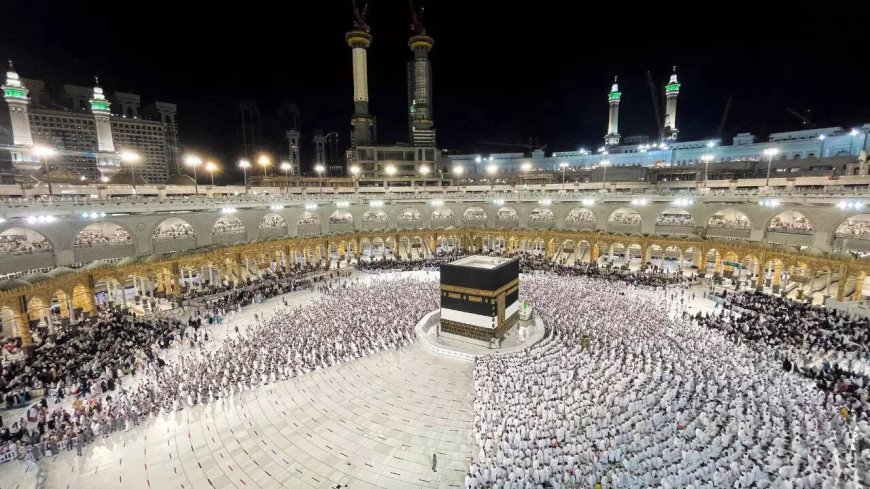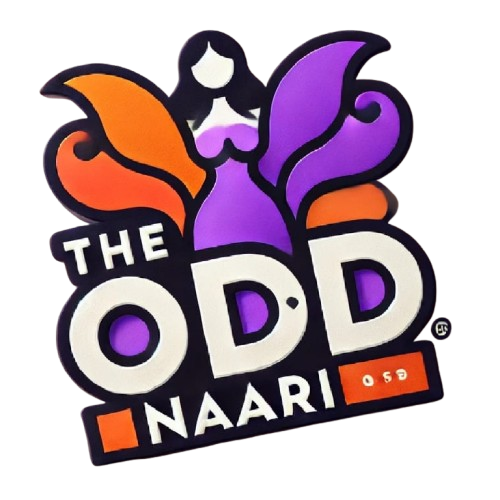What Hajj and Eid al-Adha mean to muslims: A journey of faith and sacrifice in Islam
In 2025, millions of Muslims will gather in Mecca for Hajj, beginning June 4th. This pilgrimage, a central pillar of Islam, involves rituals symbolizing faith, unity, and sacrifice. Saudi authorities are implementing safety measures due to expected record turnout and high temperatures, including cooling stations and health services. Pilgrims will utilize technology like the Hajj Smart App for assistance.

What Hajj and Eid al-Adha Mean to Muslims: A Journey of Faith and Sacrifice in Islam
Breaking News, Daily Updates & Exclusive Stories - theoddnaari
In 2025, millions of Muslims will gather in Mecca for Hajj, beginning June 4th. This pilgrimage, a central pillar of Islam, involves rituals symbolizing faith, unity, and sacrifice. Saudi authorities are implementing safety measures due to expected record turnout and high temperatures, including cooling stations and health services. Pilgrims will utilize technology like the Hajj Smart App for assistance.
The Importance of Hajj in Islam
Hajj is the fifth pillar of Islam and represents one of the most significant acts of worship for Muslims around the globe. Every able-bodied Muslim is required to make this pilgrimage to Mecca at least once in their lifetime, provided they have the financial means to do so. The journey is not just a physical one but also a spiritual quest, where pilgrims reflect on their relationship with Allah.
The rituals of Hajj, which include wearing simple white garments, circling the Kaaba, and performing prayers, are steeped in deep religious meaning. They serve to remind Muslims of their equality before God and encourage a sense of unity among participants from diverse backgrounds.
Symbolism of Sacrifice: Eid al-Adha
Immediately following Hajj is Eid al-Adha, also known as the Festival of Sacrifice. This celebration honors the willingness of Prophet Ibrahim (Abraham) to sacrifice his son Isma'il as an act of obedience to Allah. However, as the story goes, Allah intervened and provided a ram to be sacrificed instead. Muslims commemorate this event by sacrificing an animal, usually a sheep, goat, or cow, and distributing the meat to family, friends, and those in need.
Eid al-Adha teaches lessons of generosity, sacrifice, and community. During this festive time, family gatherings are common, and charitable donations are encouraged—a reminder of the importance of helping the less fortunate.
Preparation for Hajj 2025
The 2025 Hajj is expected to witness an unprecedented number of pilgrims due to the easing of pandemic restrictions and the resumption of international travel. Preparations are intensive, with Saudi authorities implementing various measures for the safety and comfort of participants. Cooling stations, enhanced health services, and the use of the Hajj Smart App are aimed at ensuring pilgrims have a convenient and safe experience.
The Role of Technology
In this digital age, technology plays an integral part in how pilgrims navigate their Hajj experience. The Hajj Smart App, for instance, offers real-time information about prayers, crowd management, and directions, greatly assisting the millions who converge on Mecca each year. This technological advancement is vital in enhancing the overall pilgrimage experience, ensuring that spiritual obligations are met, and safety is prioritized.
Conclusion
Hajj and Eid al-Adha are profound experiences that encapsulate the essence of faith and sacrifice within Islam. As the world prepares for the upcoming pilgrimage in 2025, it’s an opportune time for Muslims to reflect on the teachings of Islam and connect with their spirituality. The journey of Hajj is not merely a tradition; it is a deep-seated conviction and celebration of devotion that resonates across generations.
For more updates, visit theoddnaari.com.







